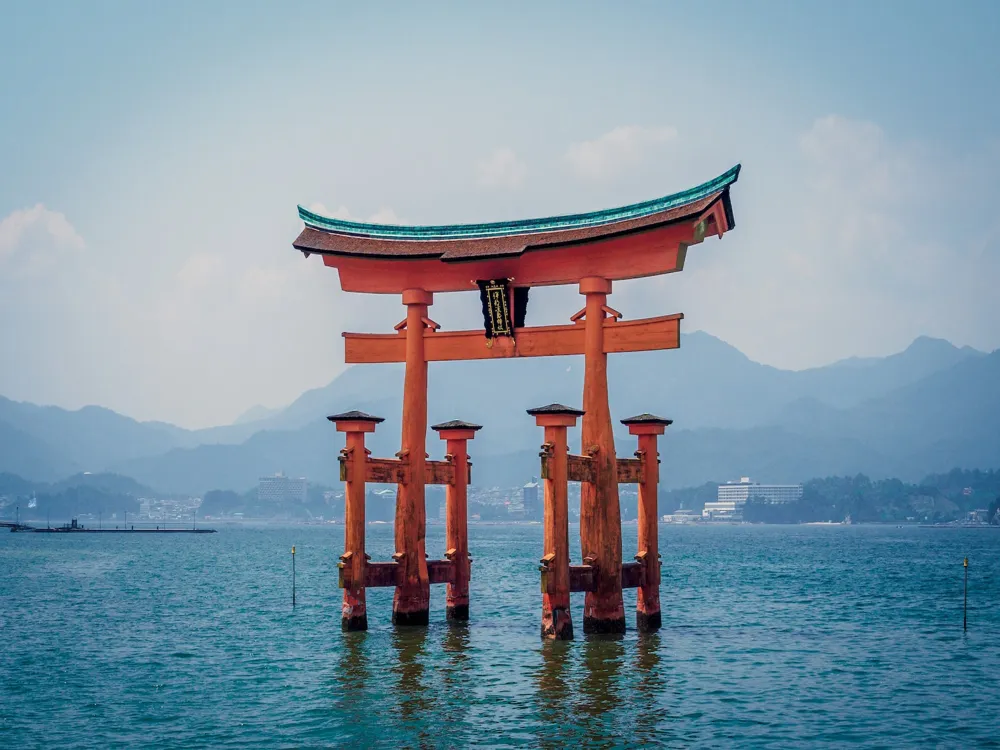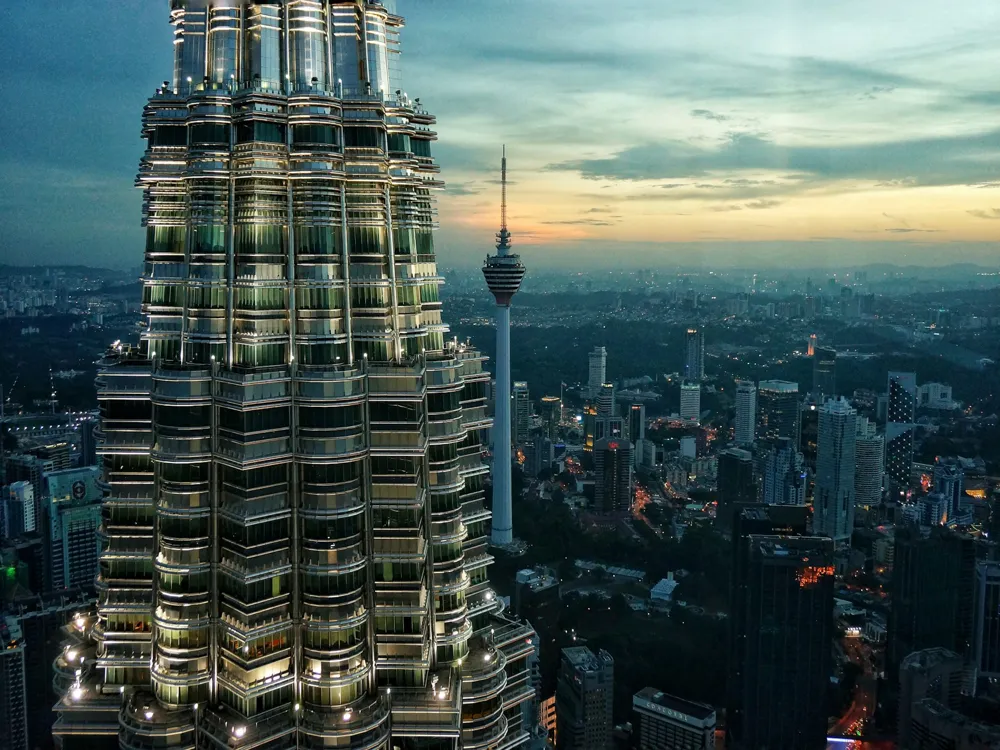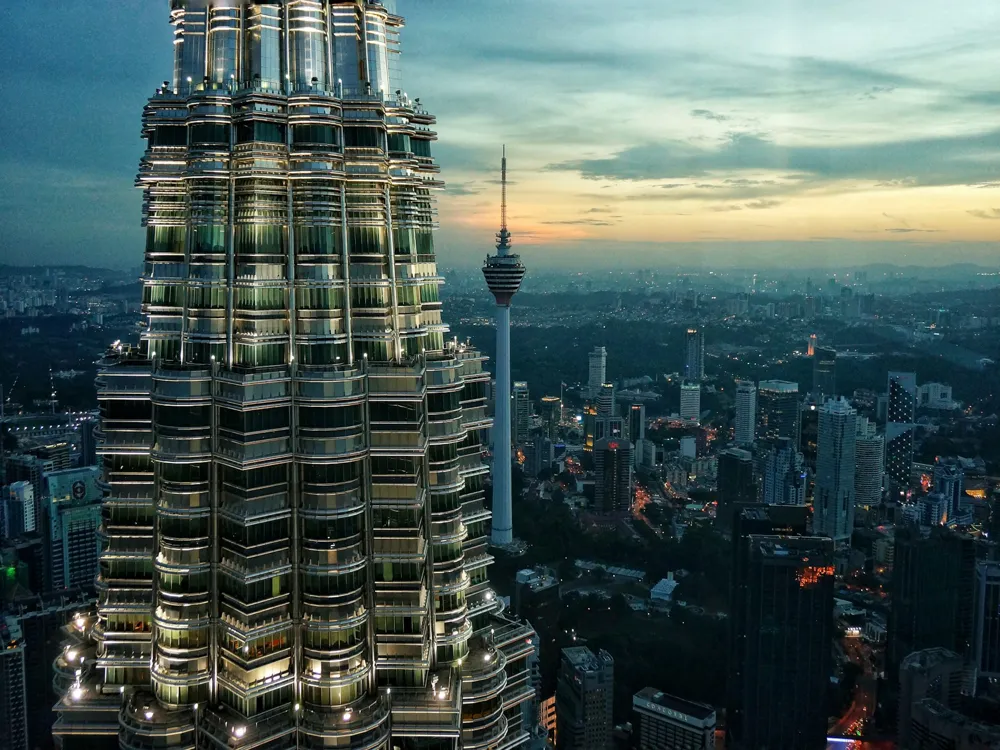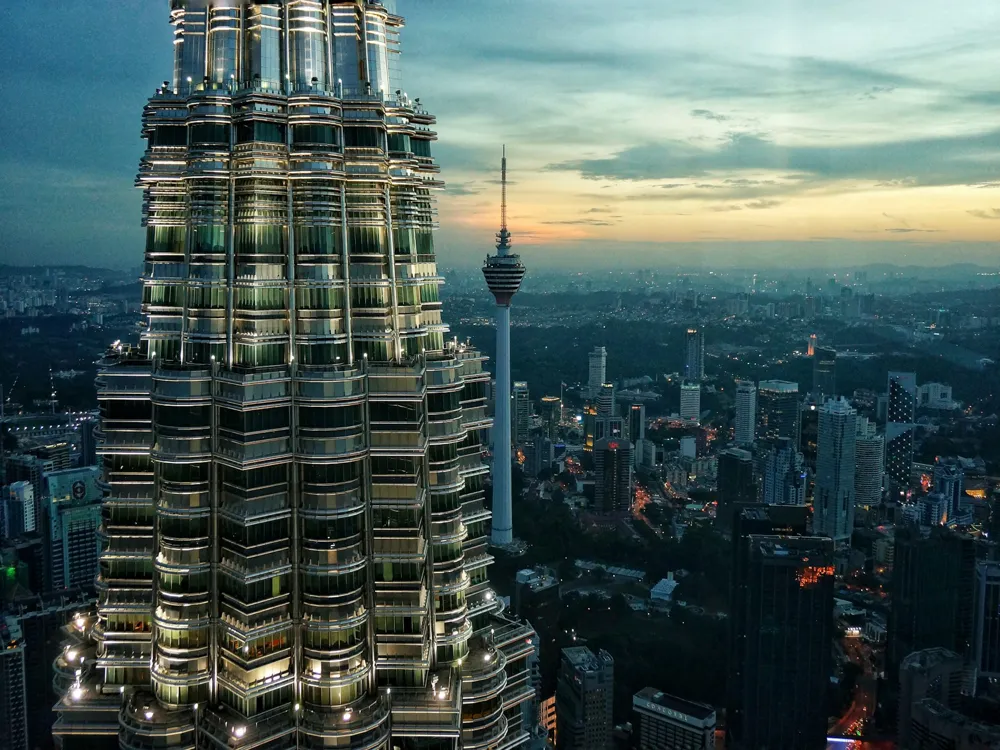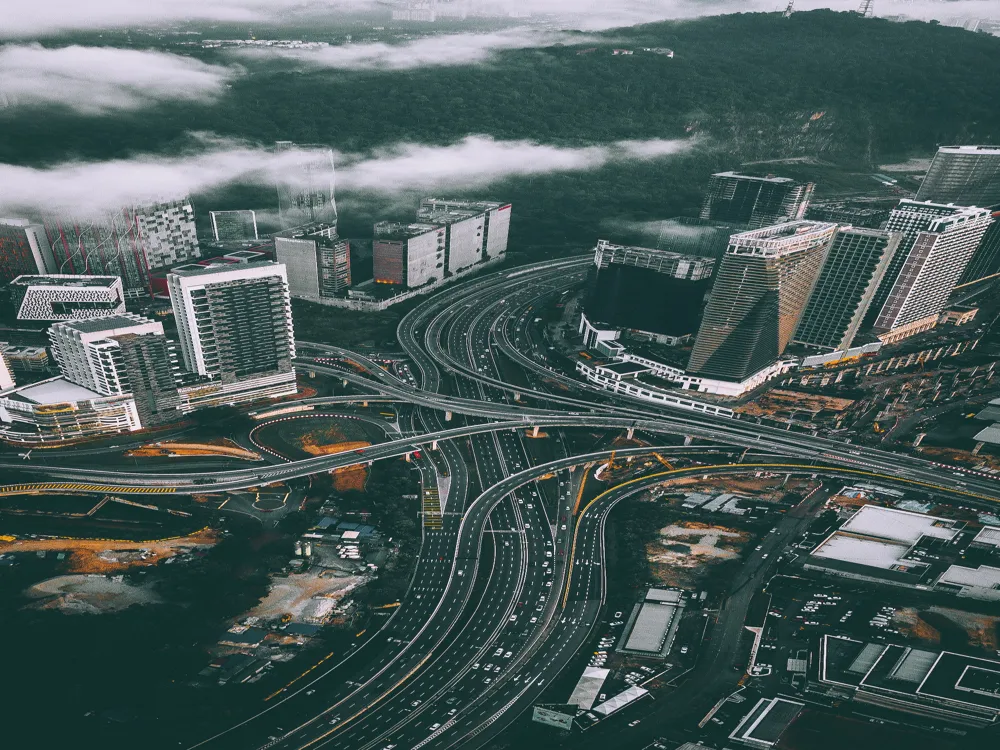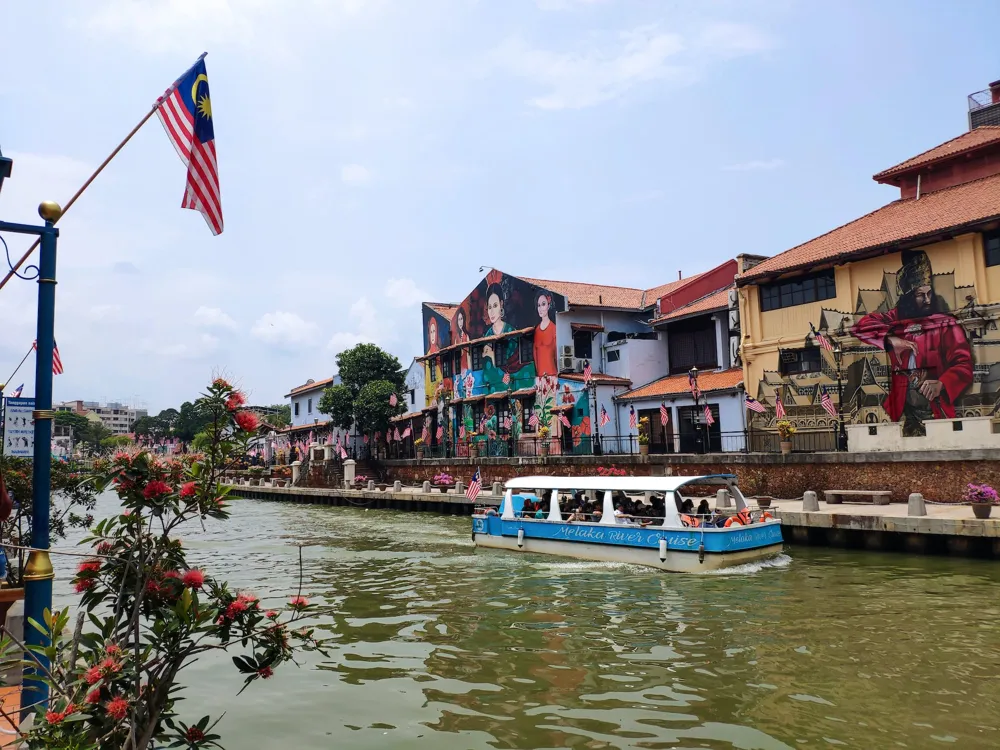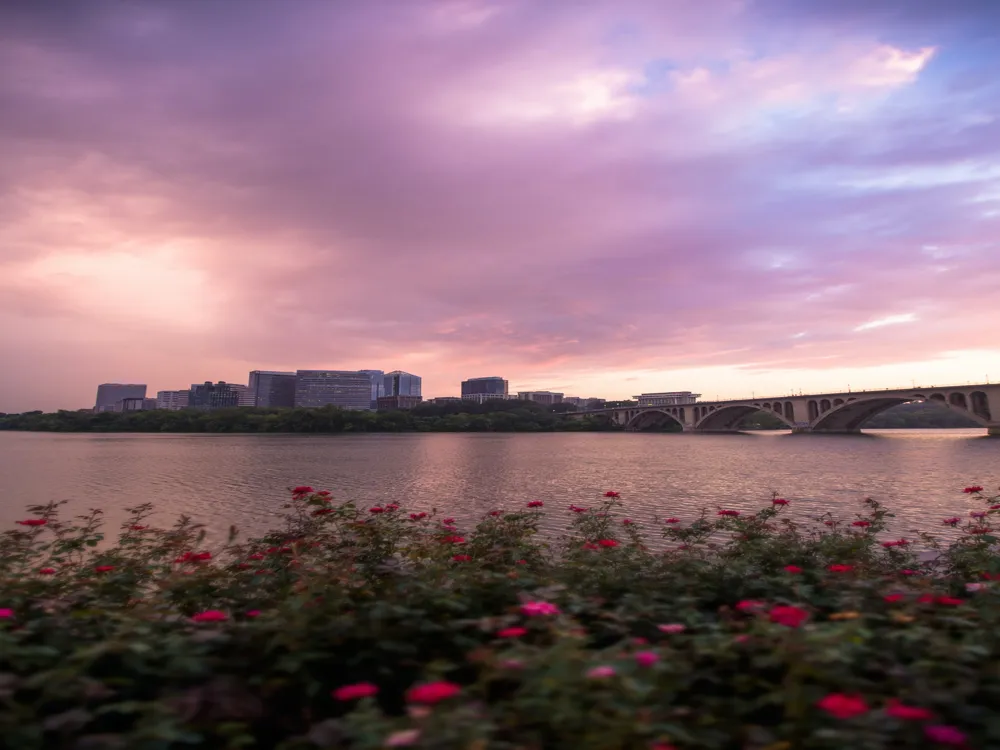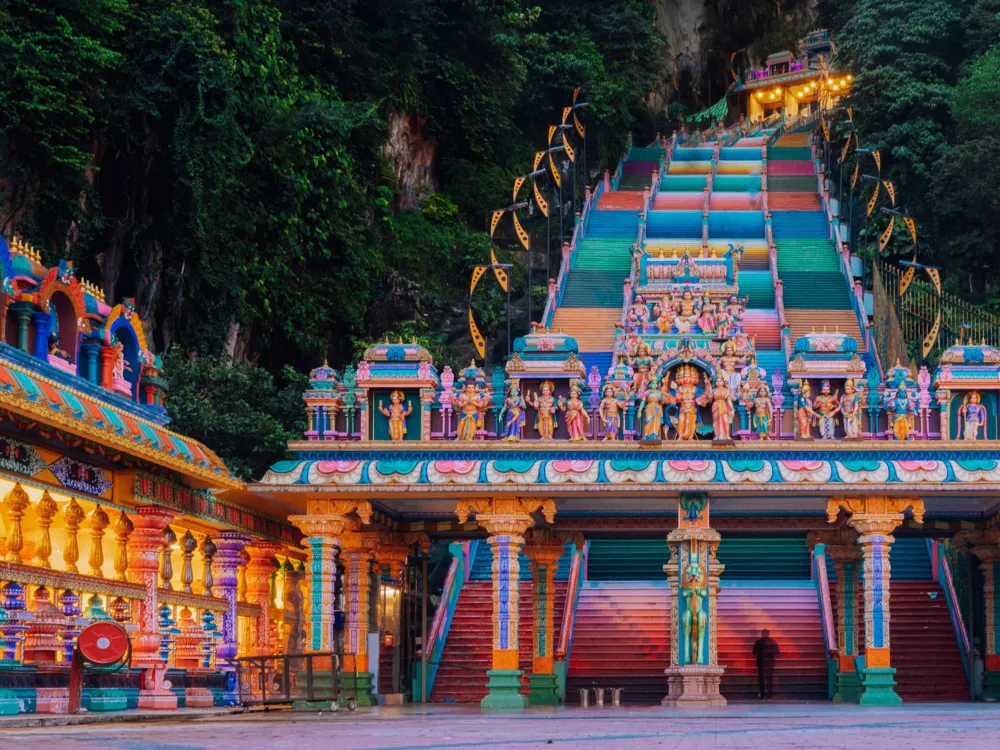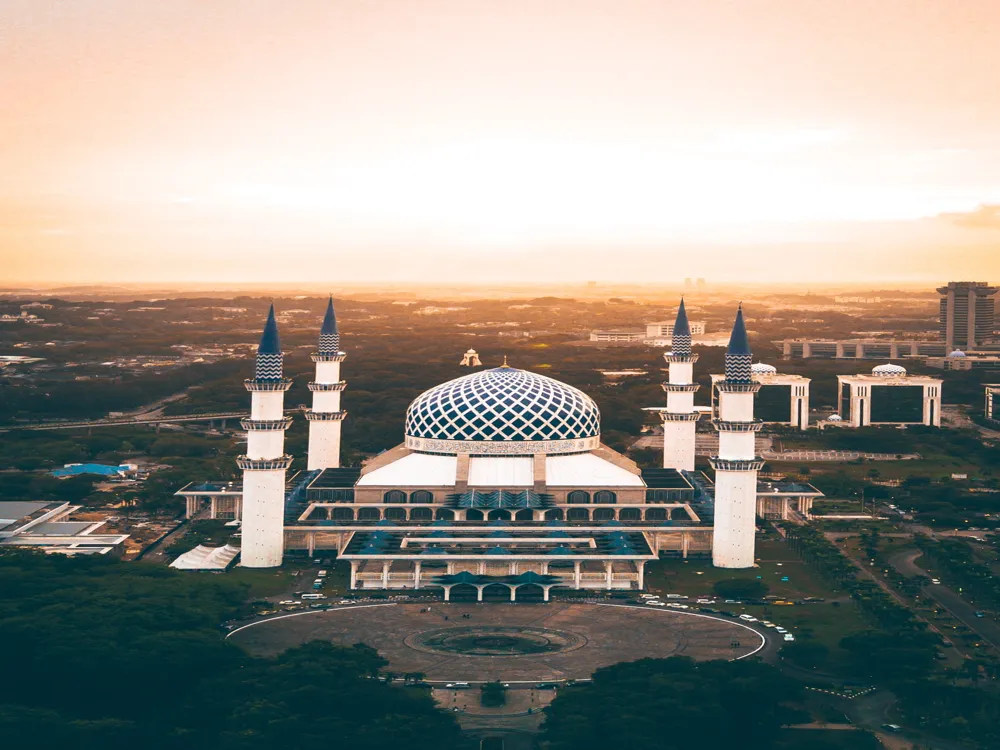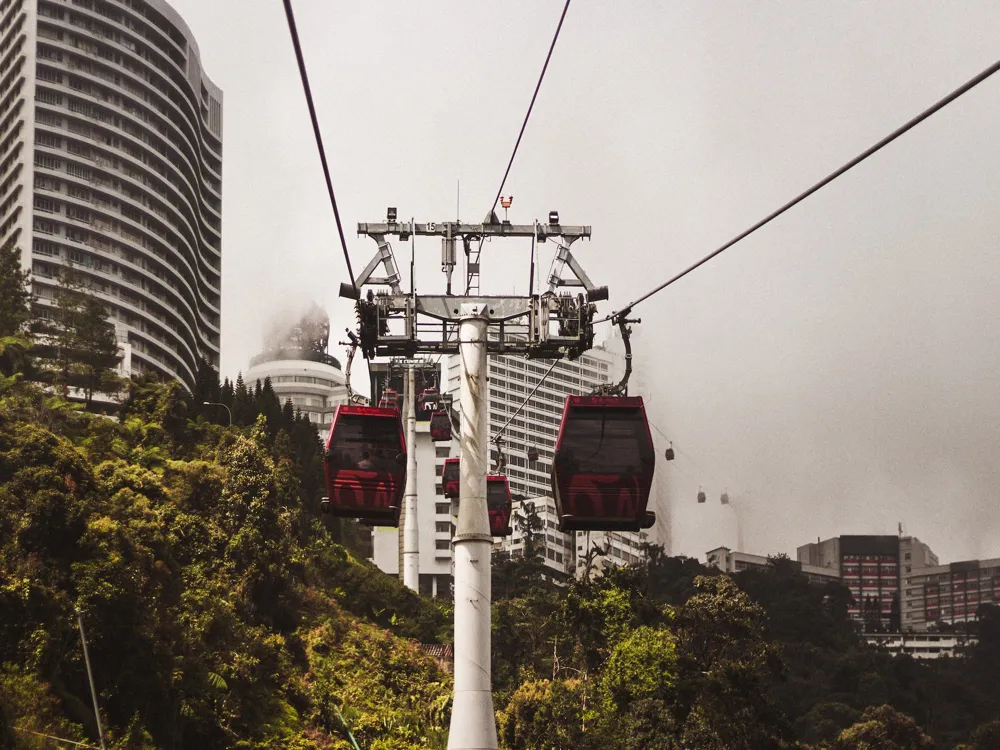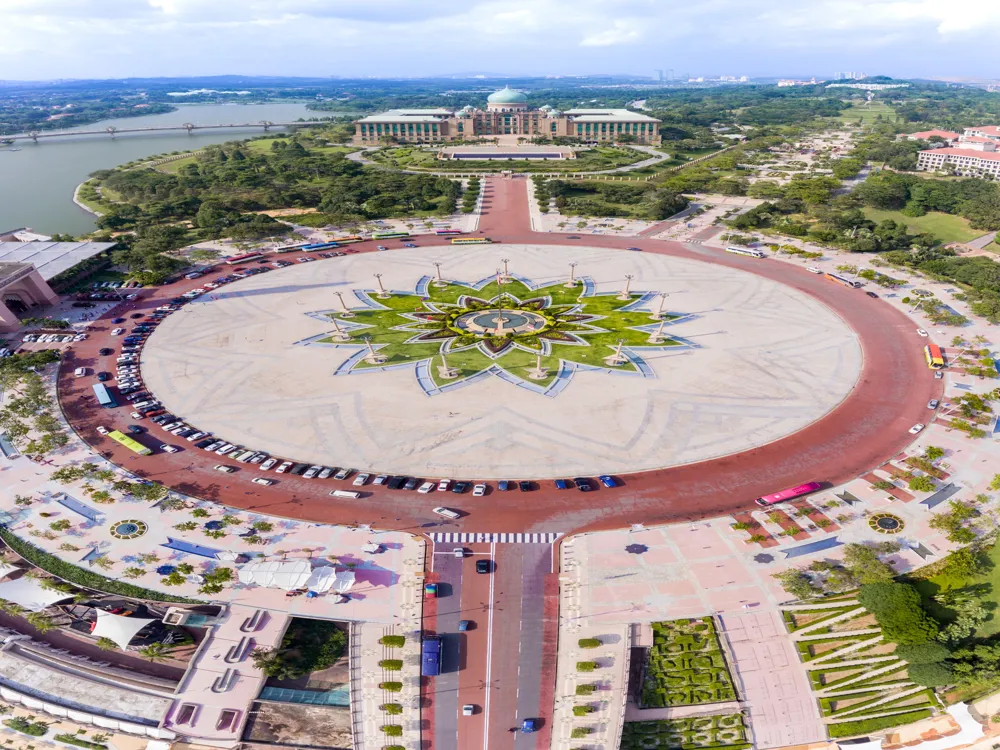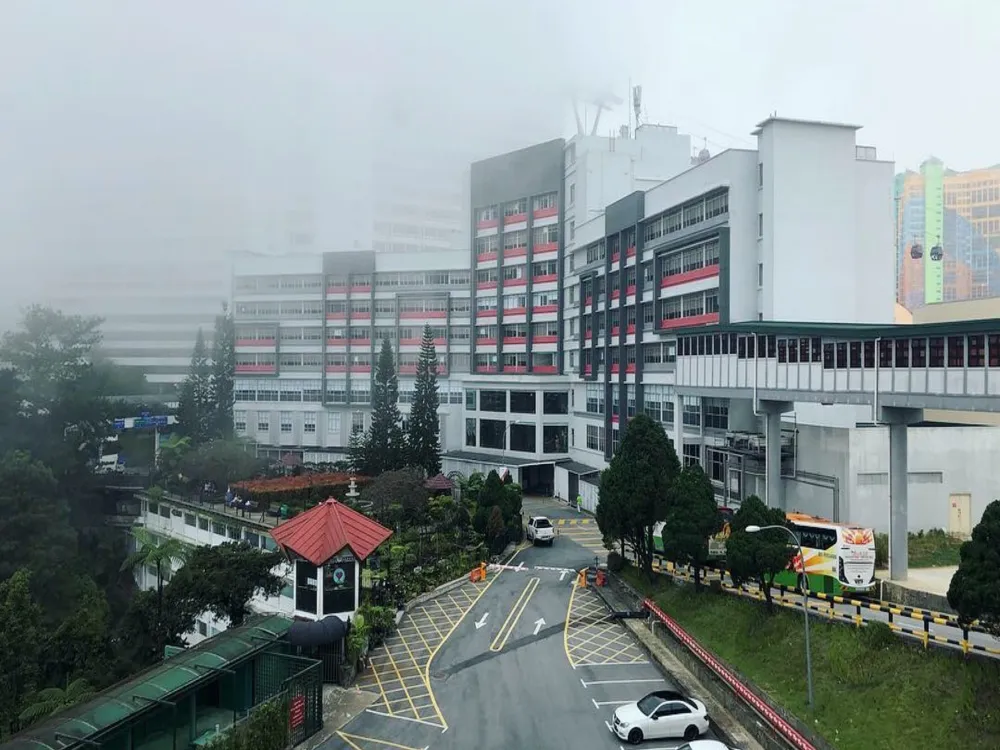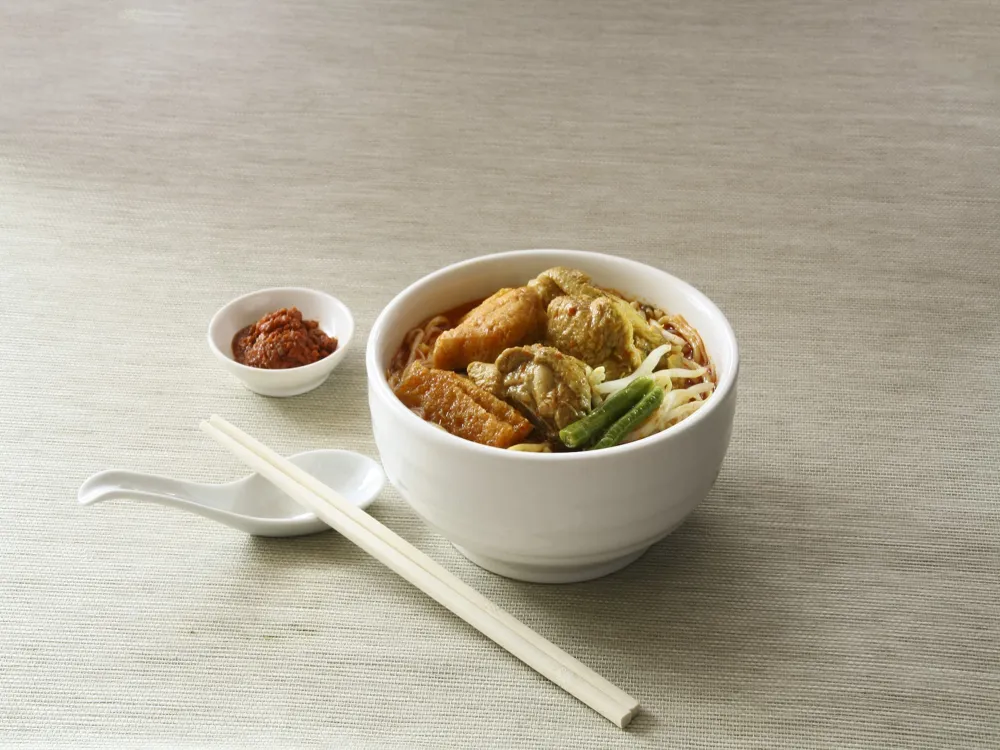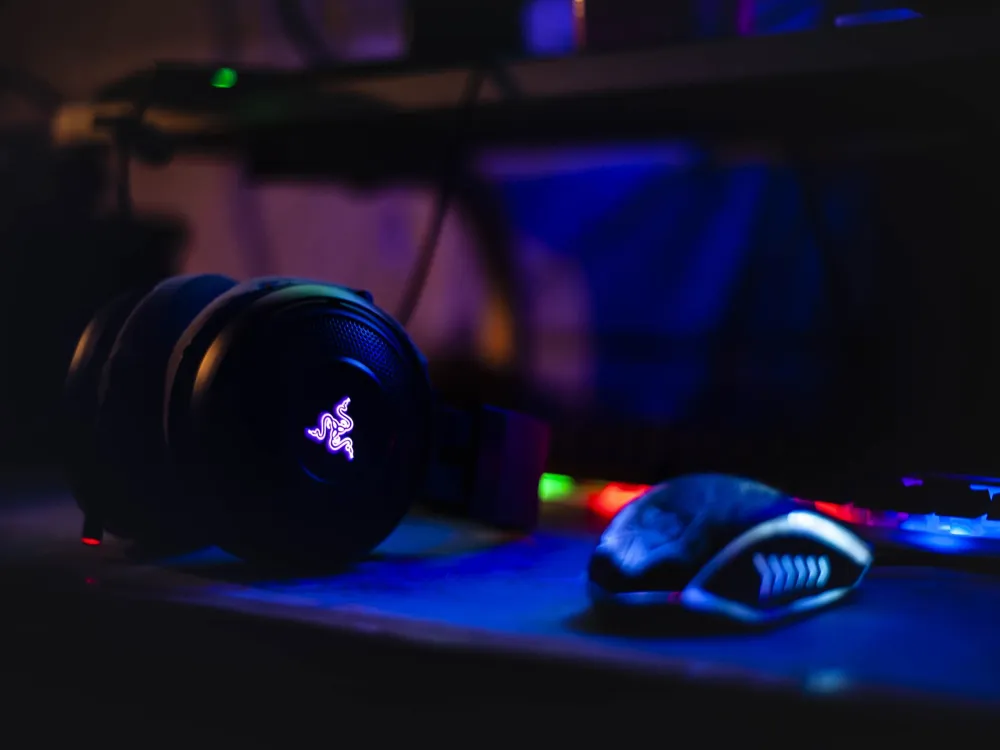Central Market Kuala Lumpur, located in the vibrant district of Bukit Bintang, stands as a cornerstone of Malaysian culture and heritage. Originally established in 1888 as a wet market, it has evolved into a bustling hub for arts, crafts, and a myriad of cultural activities. The market is not just a place to shop; it's a kaleidoscope of Malaysian culture, presenting a wonderful opportunity to experience the rich diversity that defines this nation. From traditional batik and handicrafts to tantalizing local cuisine, every corner of the market tells a story of Malaysia's multifaceted cultural tapestry. The architecture of Central Market Kuala Lumpur is a harmonious blend of historical and modern elements, reflecting the market's evolution over more than a century. The building’s façade is a testament to early 20th-century colonial architectural styles, characterized by its Art Deco influences and distinctive pastel blue hue. The market's structure and design have been carefully preserved to maintain its historical significance, while interiors have been thoughtfully updated to accommodate the contemporary needs of vendors and visitors. This blend of old and new creates a unique environment that resonates with both history enthusiasts and modern-day explorers. Central Market’s architecture is not just about aesthetic appeal; it's a canvas that tells the story of Kuala Lumpur's past. Each element, from the high ceilings to the patterned tiles, echoes the city’s colonial history and its journey toward modernity. The market was initially designed to meet the demands of a growing population, reflecting the economic and social changes of the time. Today, it stands as a proud emblem of Kuala Lumpur's rich history, attracting history buffs and culture enthusiasts from all around the world. In recent years, the market has undergone renovations to enhance its functionality while preserving its historic charm. The addition of air conditioning, improved lighting, and renovated spaces have made the market more comfortable for visitors. Artistic elements such as murals and installations by local artists have been incorporated, creating a vibrant atmosphere that celebrates Malaysian art and culture. These modern touches have rejuvenated the market, making it a dynamic place that respects its past while embracing the future. The interior layout of Central Market is thoughtfully designed to reflect the multicultural heritage of Malaysia. The market is divided into different zones, each representing various Malaysian cultures such as Malay, Chinese, and Indian. This zoning not only organizes the space but also provides visitors with an immersive experience of Malaysia's diverse cultural landscape. From intricate Malay wood carvings to colorful Chinese lanterns and vibrant Indian fabrics, the market's interior is a celebration of Malaysia's rich cultural mosaic. In its architectural evolution, Central Market Kuala Lumpur has also embraced sustainability and preservation. Efforts have been made to ensure that renovations and maintenance practices do not detract from the building's historical integrity. Sustainable practices, such as energy-efficient lighting and waste reduction measures, have been implemented to minimize the environmental impact of the market's operations. These efforts demonstrate a commitment to preserving this cultural landmark for future generations while operating responsibly in the present. The best time to visit Central Market Kuala Lumpur is during weekdays, particularly in the morning when the crowd is thinner. Weekends and public holidays can be quite crowded. Visiting during local festivals can also be a fascinating experience, as the market often hosts special events and decorations. When exploring the market, make sure to visit the different cultural zones – Malay, Chinese, Indian, and others. Each zone offers unique crafts, artwork, and cultural items that are not only perfect for souvenirs but also provide a deeper understanding of Malaysia's diverse cultures. Don’t miss out on the variety of local cuisines available at Central Market. From traditional Malay dishes to Indian curries and Chinese street food, the market is a haven for food enthusiasts. Try to visit different food stalls to get a taste of the variety of flavors that Malaysian cuisine has to offer. While many shops have fixed prices, some vendors in Central Market may expect to bargain. It's always worth trying to negotiate for a better deal, especially when purchasing multiple items. However, do so respectfully and with a smile. Central Market often hosts cultural performances, workshops, and exhibitions. Participating in these activities can greatly enhance your experience and provide a more in-depth understanding of Malaysian culture. Reaching Central Market Kuala Lumpur is convenient due to its central location in Bukit Bintang. It is accessible by various modes of transportation. Visitors can take the LRT (Light Rail Transit) and alight at Pasar Seni station, which is a short walk away from the market. For those preferring bus services, several routes stop near Central Market. Additionally, taxis and ride-sharing services offer direct and comfortable options to reach the destination. For visitors driving their vehicles, there are parking facilities available nearby. Read More:Overview of Central Market Kuala Lumpur
Architecture of Central Market Kuala Lumpur
Historical Significance
Modern Renovations and Artistic Flair
Interior Layout and Design
Sustainability and Preservation Efforts
Tips When Visiting Central Market Kuala Lumpur
Best Times to Visit
Exploring the Art and Craft Zones
Trying Local Cuisine
Negotiating Prices
Participating in Cultural Activities
How To Reach Central Market Kuala Lumpur
Central Market Kuala Lumpur
Bukit Bintang
Kuala Lumpur
₹ 18,000 onwards
View kuala-lumpur Packages
Weather :
Tags : Shopping Market
Timings : 10:00 AM – 9:30 PM
Time Required : 2-3 hours
Planning a Trip? Ask Your Question
Kuala-lumpur Travel Packages
View All Packages For Kuala-lumpur
Top Hotel Collections for Kuala-lumpur

Private Pool

Luxury Hotels

5-Star Hotels

Pet Friendly
Top Hotels Near Kuala-lumpur
Other Top Ranking Places In Kuala-lumpur
View All Places To Visit In kuala-lumpur
View kuala-lumpur Packages
Weather :
Tags : Shopping Market
Timings : 10:00 AM – 9:30 PM
Time Required : 2-3 hours
Planning a Trip? Ask Your Question
Kuala-lumpur Travel Packages
View All Packages For Kuala-lumpur
Top Hotel Collections for Kuala-lumpur

Private Pool

Luxury Hotels

5-Star Hotels

Pet Friendly







